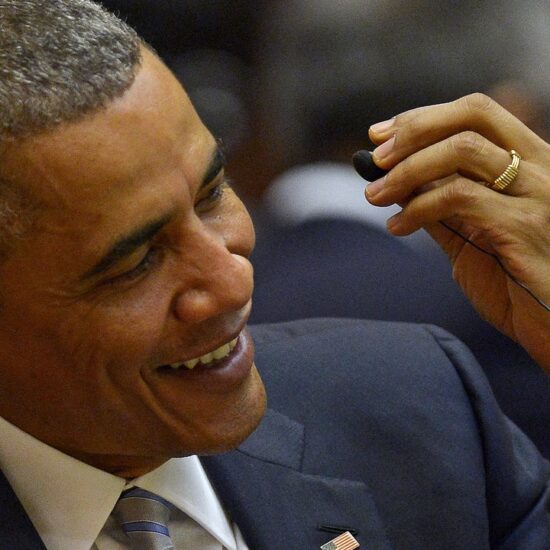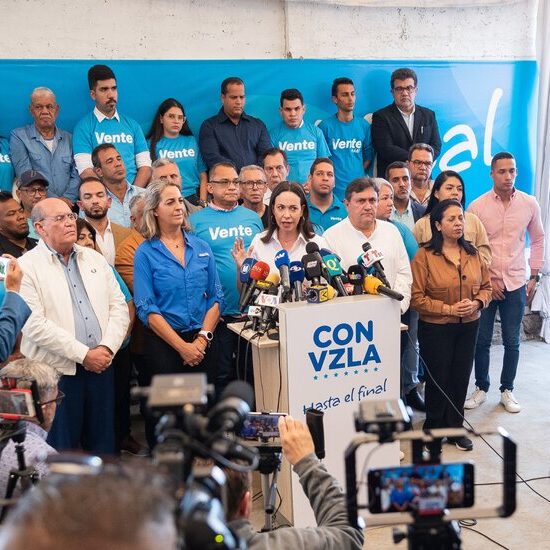
After two years of pouring through 70.28 million frames across 813 hours and 51 minutes of raw footage from principal photography, and then waiting patiently for another year through multiple pandemic-induced release delays, Top Gun: Maverick’s editor, Eddie Hamilton, ACE, and the production team, are finally enjoying the fruits of their labor. Since its Memorial Day weekend debut, the Paramount Pictures and Skydance Media smash hit of 2022 – a much-anticipated legacyquel to the 1986 Tony Scott classic – has broken countless box office records. Not only that, it is also shaping up to be one of the strong contenders in this year’s awards race, a rarity for blockbusters in the past 20 years.
EDDIE HAMILTON, ACE
A frequent collaborator on the recent Mission: Impossible films – Hamilton has cut both Rogue Nation and Fallout – his C.V. also includes Kingsman: The Secret Service and X-Men: First Class. A veteran of 24 years, the L.A. and London-based editor’s brilliant team on Maverick includes: First Assistant Editors Matt Sweat and Tom Coope; Associate Editor Laura Creecy; Visual Effects Editor Latham Robertson; Supervising Music Editor Cécile Tournesac; Assistant Editors Travis Cantey and Tom Pilla; and Apprentice Editor Emily Rayl Russell.
Starting his career as a runner (PA) in post-production, he taught himself the editing software Avid Media Composer on nights and weekends, an effort that soon paid off when he was able to step in at a moment’s notice for an editor who failed to show up. For any aspiring editors out there, you may want to check out some of the sage career advice that he has to offer.
Directed by Joseph Kosinski (Tron : Legacy, Oblivion), the sequel picks up three decades after the original film, where Pete Mitchell (Tom Cruise) – call sign: Maverick – is still kicking ass and breaking rules. After getting busted for disobeying orders (again), he is shocked to be called back to Top Gun, the Navy Fighter Weapons School where he was once a young and cocky student; but this time, it is to train the latest crop of Top Gun aviators for an upcoming deadly mission.
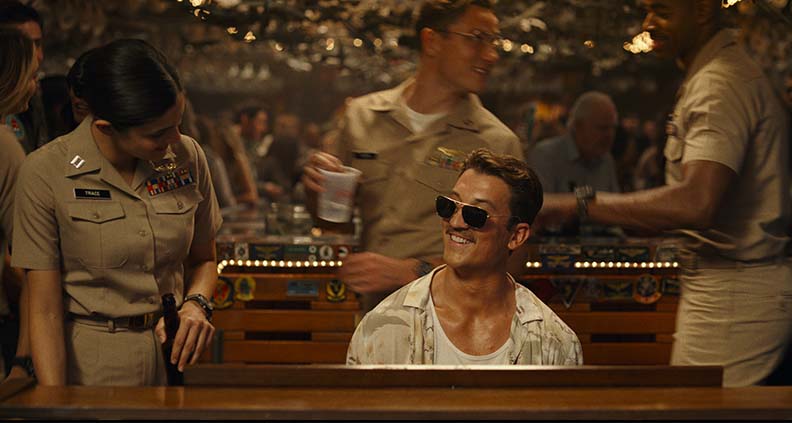
One of the young pilots is Lt. Bradley “Rooster” Bradshaw (Miles Teller), the son of Maverick’s late best friend and Radio Intercept Officer in the original film, Goose (Anthony Edwards), who died in a training mishap with Maverick at the helm. Still consumed by the decades-old guilt and mourning the loss of his friend, Maverick hopes for a chance to redeem himself, but the younger Bradshaw still holds a grudge against him, a simmering tension that unravels during the course of the film.
‘Maverick’ Giving Theatrical a Real Boost in Post-COVID 2022
The hypersonic hit has since gone “Mach 10” in box office returns, ending its initial theatrical run at $1.48 billion worldwide while maintaining a 96% “Certified Fresh” score on Rotten Tomatoes. Written by Ehren Kruger (the Transformers franchise), Eric Warren Singer (American Hustle), and Christopher McQuarrie (Oscar and Spirit Awards winner for The Usual Suspects), the adrenaline-pumping visual feast flawlessly threads the balance between nostalgia and contemporary, enticing devotees of the original while also luring in new generations of Top Gun fans.
As we’ve previously covered in a separate story back in September, Maverick has been widely praised for giving theatrical a much-needed shot in the arm at a crucial juncture in the streaming vs. theatrical battle, being one of the few four-quadrant films we’ve seen in recent years (55% of its opening weekend box office came from the >35 demo). As Hamilton recalls, it turns out that was what Cruise had in mind for Maverick all along. “Tom’s objective was to make sure that streaming did not overwhelm theatrical and to keep the theatrical business alive, because it’s what we all love as moviegoers,” Hamilton reveals. “He wants to prove that audiences will still turn out for theatrical movies. So, I’m very pleased that we were able to help with that.”
Reeling You in with Just Enough Tasteful Nostalgia
The pressure throughout Maverick’s production was immense, Hamilton recalls, as everyone knew that this film could not afford to fail. The stakes were too high: not only have diehard fans been waiting for this sequel for over 30 years, some were opposed to touching the original film in any manner at all. Revered as one of the ultimate iconic films of the 1980s, the original Top Gun is still considered sacrosanct by many. Who could forget its Oscar-winning romantic ballad “Take My Breath Away”? It would not have been enough for any sequel to simply be acceptable – it had to be extraordinary.
“I loved working on the opening montage – I had 18 hours of footage for this two-minute sequence. It was very hard work, but I knew the mission was to welcome people back and we have to win them over right away. So, it had to be awesome,” Hamilton says. To reel everyone in at FADE IN, the dreamy opening montage featuring flight ops on an aircraft carrier from the original film was reproduced almost shot-for-shot. It begins with the low bell chimes in the opening frame that gently leads into Harold Faltermeyer’s celebrated opening theme, followed by the familiar notes of Kenny Loggins’ “Danger Zone,” as F/A-18 Super Hornets tear off the deck of the USS Abraham Lincoln.
“At that point, hopefully you’re thinking: ‘the filmmakers actually give a shit and they’re welcoming me back to the world of Top Gun! They don’t seem to be screwing it up, so I’m actually going to start uncrossing my arms a bit. Maybe this isn’t going to suck after all!’” Hamilton quips. “It was actually Tom’s idea, he thought we needed to start exactly the same way as the original, so that everyone knows the filmmakers love Top Gun as much as the fans do.”
Laser-focused on Authenticity: Capturing Practical Action In-Camera
Many elements converged to make Maverick the highest-grossing film of the year, chief among them is the gravity-defying aerial sequences featured in the intense Basic Fighter Maneuvers (“BFM”) training portion of the story, as well as the climactic final sequence, when the Daggers’ fly into enemy territory on a perilous sortie.
For the first time since Top Gun became a pop culture phenomenon, technology has finally caught up to what Cruise had in mind if ever a sequel was made: to put the audience in the pilot’s seat inside the cockpit of an F/A-18, the fighter jet employed by Maverick and his crack team of naval aviators in the new film. That ambitious venture required capturing all the dogfighting sequences in-camera from inside the cockpit of the F/A-18s, which had never been done before. For aviation fans, the film is a nonstop thrill ride of intoxicatingly vertiginous fighter maneuvers, shot-from-the-cockpit dogfights, and steep climbs against rockfaces at stomach-churning velocity.
With unprecedented cooperation from the U.S. Navy, the filmmakers were provided with two F/A-18s to modify for aerial photography and spent months developing lenses and cameras that could fit into the already cramped cockpit. They mounted six 6K IMAX-quality Sony Venice cameras inside – with four aimed at the actor behind the pilot and the other two over the pilot’s shoulder – to capture every orthogonal roll, every hypersonic low-altitude swoop, and every inverted vertical dive.
Where many sequels have tried to top its predecessor(s), Cruise was intent on doing the opposite. “I’m not gonna try to top it; I just want to be authentic to the story that we’re telling,” he shared during the world premiere on the USS Midway. To thoroughly capture in-camera what trap landings and catapult launches on an aircraft carrier feel like, the film shot on two operational aircraft carriers – the USS Abraham Lincoln and the USS Theodore Roosevelt in 2018-2019. The memorable scene where Maverick launches off the deck of an aircraft carrier in his F/A-18 – captured live in-camera – was reportedly the first time a civilian was allowed to do so. The film also shot on five naval air stations (“NAS”) around the country. As a result, when it comes to aircraft, equipment, weapons, and gear, authenticity naturally permeated every facet of production.
The quest for authenticity also extended to story early in pre-production, when Kosinski and Singer visited NAS Fallon in Nevada with the first of six Navy advisors on the film, Captain J.J. “Yank” Cummings, a naval aviator who flew F-14 Tomcats and F/A-18s during his 30+ years of service. He brought the writers in to meet with a dozen F/A-18 pilots so that they could really get a sense of what life is like for a naval aviator. It was during this meeting when the writers learned about a real-life 1991 failed bombing mission into Iraq, which inspired the climactic dogfighting sequence once the Daggers were met with a ferocious onslaught of surface-to-air missiles (“SAM”).
Distilling 813 hours of raw footage into 130 minutes of ‘Top Gun: Maverick’
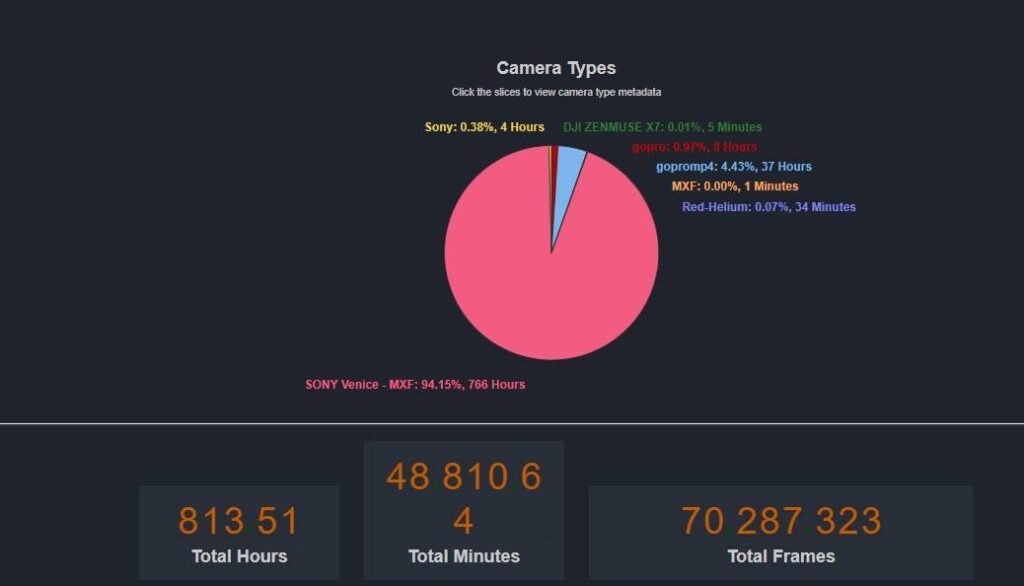
What all this meant for Hamilton’s team was a mountain of raw footage – all 813 hours of it (!) – which they started sifting through as soon as principal photography began in August 2018. Every day, he would go over the dailies with Kosinski, pointing out which shots worked and which ones might need to be reshot the next day.
In the film, instructor Maverick kicks off the first day of training by challenging the young aviators to bring it and show him what they’re made of. Confident in his credential as a Top Gun graduate himself, Payback (Jay Ellis) dares the instructor to a bet: the loser has to do 200 push-ups. Within minutes, Maverick shoots them all out of the skies. “That was a very challenging sequence to cut. We finished it literally two days before we completed the final mix,” Hamilton says. “It started off very long, so we kept compressing it, just to make sure it was relentlessly entertaining.”
It was a challenge to marry the aerial sequences with the push-up scenes on the tarmac. “It’s about the snappy rhythms of the dialogue and the percussive sounds of the jets, and then making it super tight so that you’re enjoying the fact that one moment, these guys are taking a selfie on the tarmac making fun of Rooster, then Maverick shoots them down and in the next moment, they’re doing push-ups too,” Hamilton shares. “Anytime you think a movie feels effortless to watch, it probably means it took the most work to edit, because it takes a long time to make a film flow perfectly and effortlessly.”
Fine-tuning Perfection for the Singular Cinematic Experience
“Every single nuance of every performance, every line of dialogue, was sculpted editorially,” Hamilton recalls of the pressure to not only strive for perfection, but to produce it on every sequence, every shot, every frame. It took him about three months just to compile the first assembly of the climactic mission towards the end, where Maverick leads his team of Daggers through the narrow canyons in enemy territory. Another element also made whittling down the footage especially tough: the interior shots for the aerial combat sequences – filmed from inside the cockpit – were done months before the ground crew captured any of the exterior shots that went with them. So, piecing the story together in the meantime took quite a bit of imagination on his part.
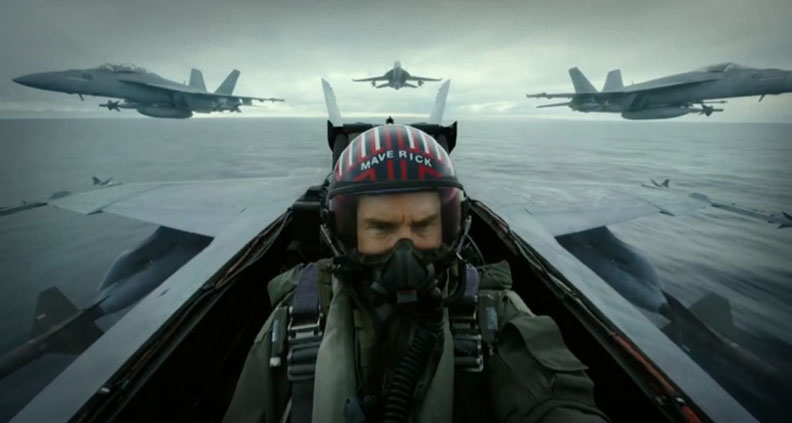
In the dogfight football scene, Hamilton remembers when he first came across the shot where the shirtless Rooster was shimmying on the beach. “I remember thinking no matter what happens in that scene, that shot is going in, because you just knew it’s gold.” He had 11 hours of raw footage just for that two-minute scene. Filmed over two afternoons, the crew waited until magic hour before rolling four cameras for a couple of hours, and just let everyone have fun.
“This entire movie is a gigantic and carefully constructed puzzle; we were very thorough so that we ended up with only the best images. There were no shortcuts,” Hamilton says of the laborious process. Two other editors also came on board during post – Stephen Mirrione and Chris Lebenzon (one of the co-editors of the original film). “They helped me enormously when I was overwhelmed with the aerial footage, to sharpen the tone and energy of a few of the trickier sequences.”
For a film that has been embraced by critics and moviegoers alike, it might come as a surprise that it was not screen tested to the nth degree prior to release. Initially slated as a summer 2020 release, they had to complete the film during COVID lockdown. As a result, only a grand total of eight people had seen the finished film before it was locked for release. Even though there were two previews before the world came to a jarring halt in March 2020, it was a very rough cut, with little of the sound mixing included. “We didn’t know if the movie was really going to work. A lot of it was gut feeling,” Hamilton reveals. “I think the lockdown actually helped because everyone was at home and all we could do was work meticulously on the film. We really had the time to look at every sequence shot-by-shot to keep making it better and better.”
Injecting dynamic visual energy into a shot
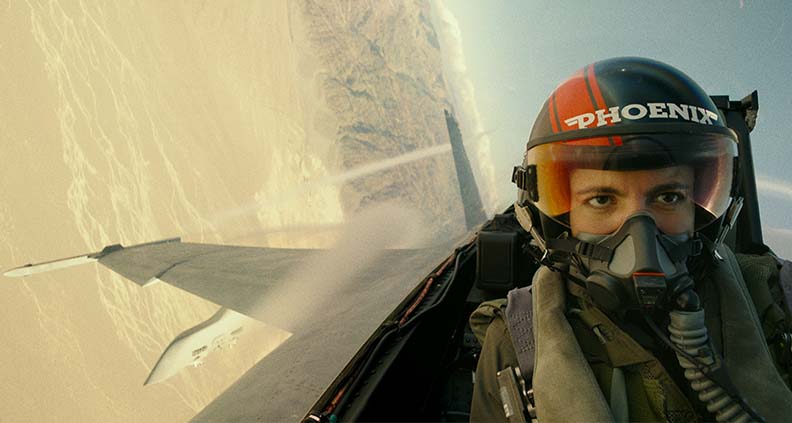
Since the cameras were bolted into the cockpit of the F/A-18s in order to sustain the 7.5G pulls and over 500-knot speeds (approximately 575mph), initially the only visual energy palpable on film for the interior shots was when the actors moved their heads or the horizon shifted a little behind them. “We were choosing pieces of action where the horizon is more dynamic, even though it doesn’t necessarily correspond 100% to the terrain, just to keep the visual energy high and exciting to watch.”
When reviewing the footage from their first week of filming, Hamilton looked at one where Phoenix (Monica Barbaro), Bob (Lewis Pullman), and Coyote (Greg Tarzan Davis) were training to do the low-altitude ingress in the desert and noticed that the shots were very level, there was hardly any movement visible on-screen. “It was clear that if the pilot just flies straight, it’s not very interesting to watch on film.” To get around that, he asked the pilots and actors for some adjustments.
To add some slight visual energy into those aerial shots, Hamilton encouraged the actors to move their heads and exaggerate their movement in the cockpit. “I also asked the pilots to keep the jets very gently drifting left/right or up/down to get a little bit of movement in the horizon. This way, it didn’t feel totally flat all the time [on film]. So, the pilots were moving the joystick left and right ever so slightly, which is not what they’re trained to do, obviously; they’re trained to fly straight. But they understood why that was needed for the film.”
Emotional Resonance Through the Power of Subjective Editing
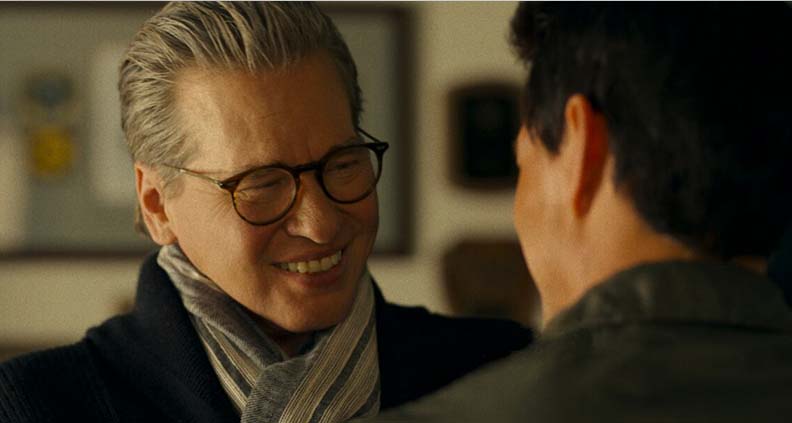
“It’s time to let go.”
Five simple words that crush you when they pop up on Iceman’s monitor as he sits with Maverick, urging his old friend to free himself from the guilt of Goose’s death. Still emotionally gutted after all these years, Maverick admits that he doesn’t know how to move on. Now the Commander of the Pacific Fleet, Admiral Tom “Iceman” Kazansky (Val Kilmer) is terminally ill and has lost the use of his voice, typing out his words on a monitor instead. He has looked out for Maverick all these years to keep him flying for the Navy because: “The Navy needs Maverick. The kid needs Maverick. That’s why I fought for you.”
As the men continue to talk, the camera cuts to the same words on the monitor again. “Hopefully, by this point in the story, you’re connected to Maverick as a character, and when he looks at the screen, you’re in his subjective point-of-view, so you’re feeling the power of those words.” In that moment, the bold daredevil persona melts away, leaving us with a crestfallen man desperate for a second chance to right the wrongs of the past. “If you’re connecting wholeheartedly with the character, you’re totally feeling what he’s feeling. We put that text in twice because that’s what he’s thinking about in that moment. And you’re feeling that. That’s the power of subjective editing.”
Don’t Watch the Film, Feel the Film
The filmmakers have exercised an admirable level of restraint with this legacyquel when it comes to the emotional beats, a wise choice for an aging fighter pilot who has matured since we last saw him in 1986. The “less is more” approach is especially effective when it comes to Maverick’s on-and-off romance with single mom Penny Benjamin (Jennifer Connelly). The gentler and more sincere vibe between the long-time lovers is refreshing.
“We worked very hard on the Penny and Mav scenes to make sure that the moments played truthfully, so that you felt the history, maturity, and playfulness in their relationship,” Hamilton says of the meticulous care given to the emotional beats in the film. “We’re lucky that we have fantastic actors who gave us a wide variety of options to choose from,” he said of Cruise and Connelly’s understated yet moving performances.
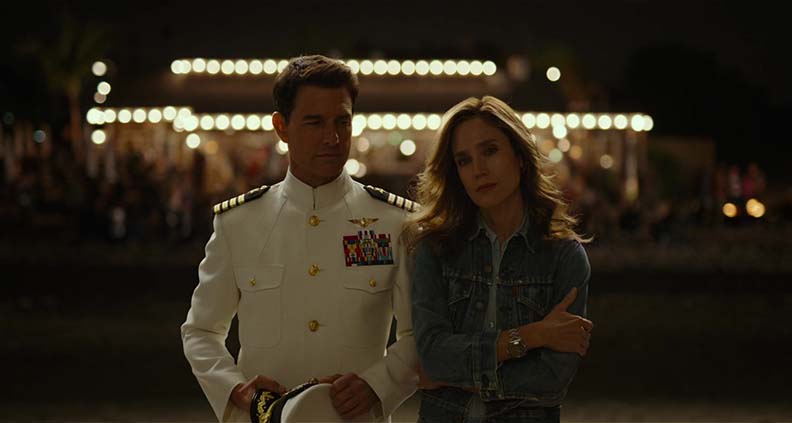
Just before the final mission, Maverick visits Penny at her beachside bar – The Hard Deck – to say goodbye before shipping out. In another terrific example of the “less is more” style, we find them standing next to each other on the beach before embracing each other, never once uttering a word. Because we didn’t need any: the look on their faces telegraphs every sliver of emotion we needed.
Originally, there was dialogue in that scene. “But with their affecting performances and the stirring score doing its job, we felt it would be more powerful without it. That was actually Stephen’s idea,” reveals Hamilton. His team spent a lot of time reviewing scenes with no dialogue, music, or sound effects, simply feeling the emotions from the images. “For a sequence to be pure cinema, it has to work with visuals only. So, I would say that for all of Maverick, you can watch it with no sound and still get what’s going on emotionally, from the cutting patterns, shot composition, and the performances from the cast. So, that’s one of our stress tests.”
As filming went on, the actors picked up on more nuances of each character, providing more context and room to play in subsequent scenes. “A lot of the tone is discovered during filming and dialed in even further in editorial. We all strive to make it a very easy and seamless emotional experience so that you’re subjectively in Maverick’s point-of-view the whole time. Everything about the ‘less is more’ approach that you’re sensing – it’s designed to intensify the emotional engagement with the audience. Instead of watching the film, you’re feeling it.”
The unyielding pursuit for perfection on Top Gun: Maverick has clearly paid off, as it is now the fifth highest-grossing movie of all time in the domestic box office. And for all the talk of the equilibrium-shattering tactical maneuvers and nail-biting aerial assault sequences, it is the quiet, stirring moments on the ground that take your breath away.
Top Gun: Maverick is back in theaters today for a limited re-release that will run through December 15 – including select premium large formats and IMAX – and will be available on Paramount+ beginning Thursday, Dec. 22.
Join. Watch. Vote. Become a Film Independent Member today to get exclusive access to watch the 2023 Spirit Awards nominees and vote to determine the winners!
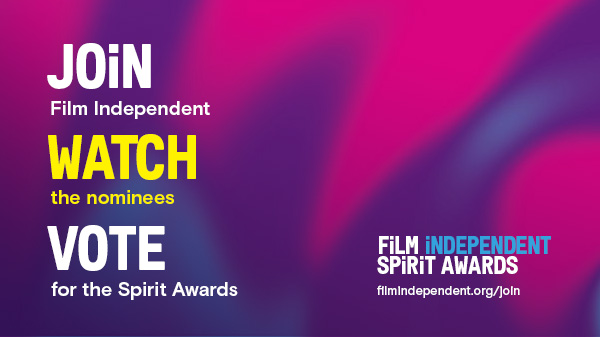
[Header: Eddie Hamilton, editor of Paramount’s ‘Top Gun: Maverick’. (Photo credit: Matt Sweat)]









